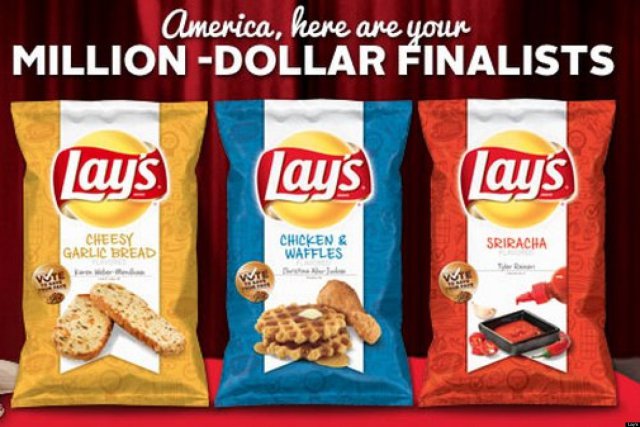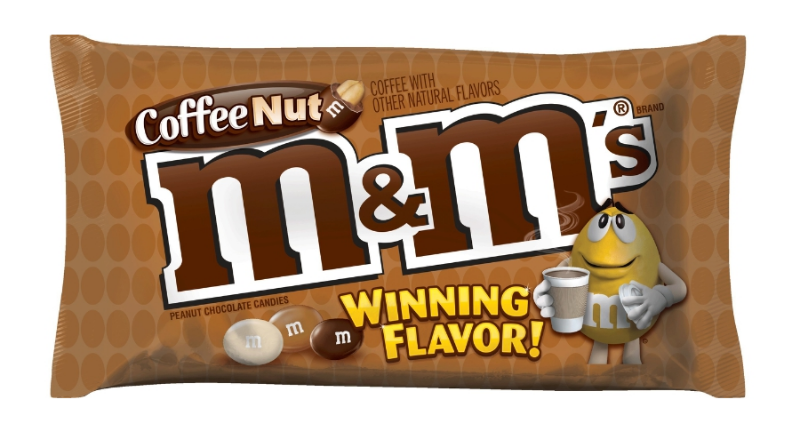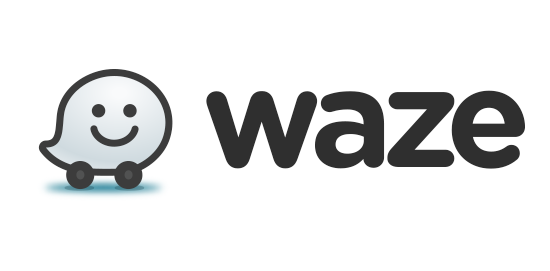No matter how much research a company puts into the market to determine to create product designs and features, it’s impossible to comprehend every idea that would be a good one. You may have a very robust and talented freelance engineering team, but there is a finite limit to what one single group of people can come up with. This is precisely why crowdsourcing is so effective at generating new product ideas.
Arrogance may come into play here as well, especially with larger companies who have a large market presence. There comes a point where companies begin to create products based off of what they think that the customer wants and needs. That can lead to a “working in a silo” mentality that ultimately may backfire. Often times, businessmen misinterpret or misunderstand what the market is looking for in a product.
There are many outstanding companies that have gone outside the traditional methods of product development by utilizing what is known as crowdsourcing.
By definition, crowdsourcing is “the practice of obtaining needed services, ideas, or content by soliciting contributions from a large group of people and especially from the online community rather than from traditional employees or suppliers.”
Crowdsourcing can get the creative minds of many more people involved in the development process.
It’s worthwhile to note that crowdsourcing is not a strategy that is limited to technology or manufacturing companies; businesses across an entire spectrum of genres can reap the benefits. Let’s take a look at a few of the companies that have utilized crowdsourcing to their advantage.
Frito-Lay
Potato chips, while among some of the most addicting things on the planet, can get a little boring after a while. This is especially true if you consider that, for the most part, the same flavors are being displayed on the shelves of your local grocery store. Chip maker Frito-Lay recognized this and utilized a crowdsourcing strategy to develop new and exciting flavors that keep the brand in the forefront and acquire new customers.
Frito-Lay started out by having a competition where people could go to Facebook and create ideas for flavors that are unique and different. Through Facebook, people could share their ideas in an effort to generate votes or “likes.” Once the submission period was over, the “likes” were tabulated and the top three choices were then developed by Frito-Lay into actual flavors that could be purchased by the general public.

Once the flavors hit the market, Frito-Lay then monitored sales of each flavor for a period of time. Adding to the excitement was an actual prize for the winner of $1 million dollars! This added an element of personality to the contest and brought a human element to the public’s overall perception of the promotion. People could see that someone like themselves could come up with a winning idea, and that in itself was motivation to participate.
From that first contest, delicious flavors such as Cheesy Garlic Bread, Chicken and Waffles, and Sriracha were unleashed on the public, with Cheesy Garlic Bread being the ultimate winner.
RELATED: 5 Advantages of Crowdsourcing Design & Product Development
The success of the campaign has led Frito-Lay to repeat the contest every year since 2013. It can certainly be said that publicity from the campaign, coupled with its proliferation through social media, has brought new life to what could be viewed as a relatively “stale” potato chip market (no pun intended).
Citroen
Car manufacturer Citroen took advantage of all that crowdsourcing has to offer when it initialized development of a new small sedan called the C1 Connexion.
Using the large demographic spread afforded by Facebook, Citroen developed an app that reached out to the general public and asked them what kind of features they would want on the new car. While the hard-engineering parts of the design (i.e., engine, powertrain, etc.) were solidified and executed by Citroen’s design team, several thousand ideas were gathered together and implemented. Customers had input on benefits and features such as wheel type, selection of the color palette, and infotainment options.
Citroen offered the opportunity for one fortunate person to get a C1 Connexion as part of the campaign.
This reflects crowdsourcing as a part of the design (and ultimately manufacturing) processes, but its effectiveness isn’t limited to just those activities within this sector. Volkswagen has used it for developing advertising campaigns, and BMW has utilized a crowdsourcing approach to develop the enormous amounts of data needed to support the infrastructure needed for guiding of autonomous vehicles.
Mars-Wrigley
Who doesn’t love a good handful of M&Ms?
Mars-Wrigley (maker of the iconic M&M’s brand) used a crowdsourcing approach similar to that of Frito-Lay back in 2016, when they launched their first M&M’s Flavor Vote campaign. Submissions from users gave us Honey Nut, Coffee Nut, and Chili Nut flavors – one of which was destined to sit alongside the traditional Peanut flavor in celebration of the 75th anniversary of the brand.
And the winner? Coffee Nut!

Again, by using a large social media platform, the general public was invited to try the three flavors and vote for their favorites. The competition was a little different from Frito-Lay in that the public didn’t come up with the initial flavor ideas; however, M&M did add excitement to the campaign by giving people a “chance to win $100,000 and earn the title of the official M&M’s Taste Tester.”
While increasing sales is certainly the overall goal of a good crowdsourcing campaign, keeping a brand in the public eye is imperative to keeping it in the marketplace and at the forefront of the public’s perception. The statistics resulting from the campaign are more than impressive:
- 269 million public relations/social media impressions (179% of goal)
- 667 total media placements
- 216 total influencer partner posts
- 4 million social engagements
- 1 million overall flavor votes
- 17k uses of the #MMSFlavorVote
As with Frito-Lay, the overall success of the first competition has led to annual competitions ever since, with 2018’s winner being Crunchy Mint (beating out Crunchy Espresso and Crunchy Raspberry in a hotly-contested race).
Waze
Launched in 2006 in Israel, Waze has developed over time to become one of the leading GPS navigational software apps, and it has achieved this goal through its unique crowdsourcing approach. It currently competes with Google Maps and Apple Maps as the go-to option for navigation from your smartphone.

While many navigational apps have the intelligence to map out the fastest way to arrive at a destination, the concept of monitoring live traffic (and offering re-routing where a faster route may be found) is relatively new. Waze utilizes crowdsourcing in a way that is different in that its developers did not necessarily use it as a platform to generate ideas for the end product.
Crowdsourcing is embedded into the actual functionality of the app by allowing users to tap and submit data as to live conditions. Data is then compiled and is transferred to others traveling along the same route to alert them to situations that may cause a slowdown in traffic patterns such as construction, accidents, and – dare we say it – the presence of law enforcement along the route.
In cases of accidents or extended construction delays, Waze can then shift to a more traditional navigation app by the means of suggesting alternate routes that will save you time.
The technology pioneered by Waze was good enough for Google to take interest and purchase the company for close to $1 billion dollars in 2013.
CadCrowd – Design Services On-Demand
One of the best examples of how crowdsourcing can be used for product development is Cad Crowd.

The platform (similar to other freelancer platforms like Upwork) is geared entirely toward product design and development. It currently has over 20,000 design experts from around the world ready and available to help with all phases of the product development lifecycle from initial concept through 3D modeling, manufacturing services, and even patent support.
An inventor may have an excellent idea for a product but have no background in design or manufacturing. That’s where Cad Crowd comes in. Cad Crowd offers the ability to initiate contests.
Once a contest is initiated, a summary of the end goal (along with project timing and budget) are submitted to the platform. Cad Crowd’s global team then prepares submissions for the client to review. Once the winning design is selected, the client pays the winner for their efforts. Designs are guaranteed to be wholly-owned by the client, and it is an excellent way to obtain the expertise needed to get a project out of the “idea” phase and into reality.
Crowdsourcing can be a very effective method to harness the power of a global team’s imagination, and Cad Crowd can be the springboard that makes your project an overwhelming success. Cad Crowd offers peace of mind by using only those 3D CAD designers and professionals who are completely pre-vetted and qualified. Contact us for a free quote today!
